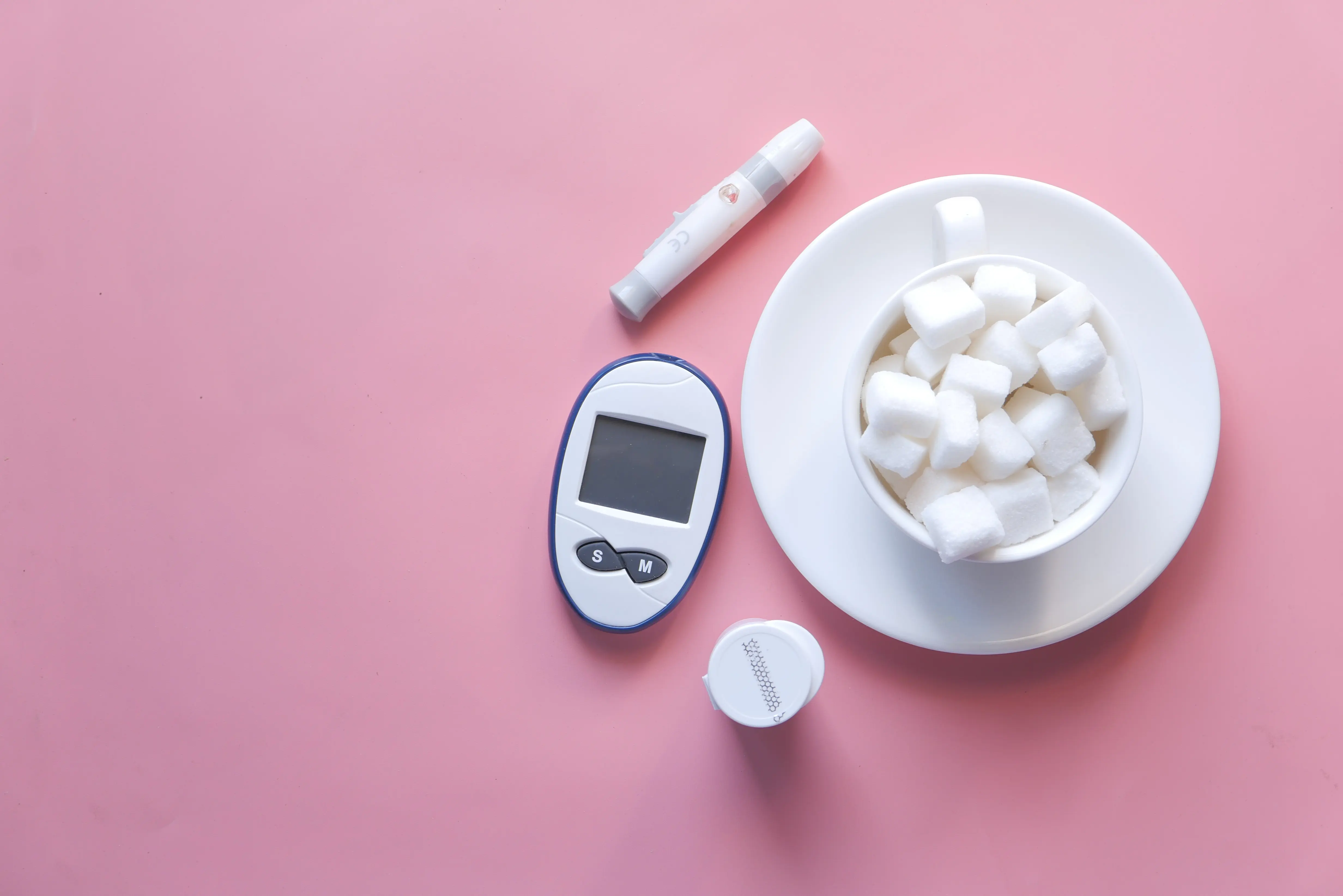Other Treatment Methods
Wrinkle injection with hyaluronic acid
The chemical and molecular composition of hyaluronic acid gel corresponds to that of human connective tissue. The effect only stops after eight months. Allergic reactions are not known.
Injection therapy
With an injection therapy, a fresher, more youthful appearance can be restored. For some, the achieved result lasts a few weeks, for others a few months.
Treatment procedure
The injection therapy is usually carried out on an outpatient basis under local anesthesia. Hyaluronic acid is usually used for injection, for example to compensate for lines, wrinkles, or scars. One's own fatty tissue can be used wherever a larger amount of filler material is necessary, for example to build up sunken cheeks. Forehead, frown, or laughter lines can be treated well with botulinum toxin. After disinfecting the skin, the doctor injects the respective agent with a fine needle at various points along the wrinkles. For the injection of one's own fat, the doctor removes fatty tissue from the abdomen, thighs, buttocks, or other parts of the body under local anesthesia.
Risks
Complications are very rare. Slight swellings and nodules, small bruises, or tiny crusts over the puncture sites usually disappear within a few days. Botulinum toxin can very rarely lead to paralysis, causing a drooping upper eyelid or eyebrow asymmetries. With autologous fat injections, there can be irregularities and swelling, redness, or bruising at the donor sites. Non-degradable injection materials (e.g., silicone) should never be used as they can cause severe late damage to the skin.
After the treatment
A slight pricking or pulsating after the procedure is normal. You should avoid the sun for a few days and then protect yourself well from the sun. You should refrain from sports for two days. Cosmetic treatments are possible again after a week.
1. Glabella, frown lines
2. Eye area
3. Nasolabial fold
4. Lip edge and lip enhancement
5. Chin fold
6. Corner of the mouth
7. Cheek augmentation
Other Treatment Methods in this Department
Experts for this Treatment Method

- Aesthetic Surgery & Dermatology
Dr. med. Hanna M. D. Halter
Derma Marienplatz
- Aesthetic Surgery & Dermatology
Dr. med. Neda Nabavi
Ästhetisch Plastische Chirurgie
- Aesthetic Surgery & Dermatology
Dr. med. Michaela Montanari
Plastische und Ästhetische Chirurgie
- Aesthetic Surgery & Dermatology
Dr. med. Lukas H. Kohler
LVATE Face Aesthetics
- Aesthetic Surgery & Dermatology
Dr. med. Caroline Kim
Praxis für Ästhetische und Plastische Chirurgie
- Aesthetic Surgery & Dermatology
Dr. med. Timm Golüke
Praxis Dr. med. Timm GolükeAll Experts in this Department
Show All
- Aesthetic Surgery & Dermatology
Dr. med. Anna Brandenburg
Dermatologische Privatpraxis Dr. Anna Brandenburg
- Aesthetic Surgery & Dermatology
Prof. Dr. med. Johannes a. Veit
Nasenchirurgie München
- Aesthetic Surgery & Dermatology
Dr. med. Hanna M. D. Halter
Derma Marienplatz
- Aesthetic Surgery & Dermatology
Dr. med. Anette Zimpfer-Keese
Dres. Zimpfer/Zimpfer-Keese MVZ
- Aesthetic Surgery & Dermatology
Dr. med. Daniel Thome
aesthetic and soul
- Aesthetic Surgery & Dermatology








